How To Single Crochet Increase:Written/Video Tutorial
In the world of crochet, mastering the single crochet increase is a fundamental skill that will take your projects to the next level. This basic technique allows you to shape your work, adding width wherever necessary, like when you’re working on hats, sleeves, or amigurumi figures.
Understanding how to increase in crochet ensures that your pieces have the right fit and form, which is essential for a polished final product.
When you’re crocheting, the single crochet stitch is one of the first stitches you learn—it’s simple, versatile, and serves as the building block for more intricate patterns.
However, once you’ve gotten the hang of those basic stitches, the single crochet increase is a technique that adds an extra stitch to your work, giving you greater control over your design. It’s an easy step that makes all the difference in turning a flat piece into something three-dimensional.
By incorporating increases into your crochet repertoire, you can experiment with shaping and customizing your creations. It’s not only about making your project larger; it’s about making it fit your vision.
Whether you’re aiming to craft snug beanies or adorable stuffed animals, knowing how to add these extra stitches seamlessly will help you achieve a finished look that’s even, uniform, and just as you imagined.
Single Crochet Increase

Video Tutorial: Single Crochet Increase
Single crochet increase (sc inc) adds dimension to your crochet projects, allowing for shaping and adding extra width as needed. Understanding the basics will enable you to create everything from simple square fabrics to complex amigurumi creatures.
Understanding Single Crochet Increase
In crochet, an increase means you’re making two stitches into the same stitch from the previous row, which widens your fabric.
When you work a single crochet increase, you simply stitch two single crochets into one stitch. This is also noted as “sc inc” in crochet patterns and is a fundamental technique for creating different shapes in your project.
The Technique in Different Projects
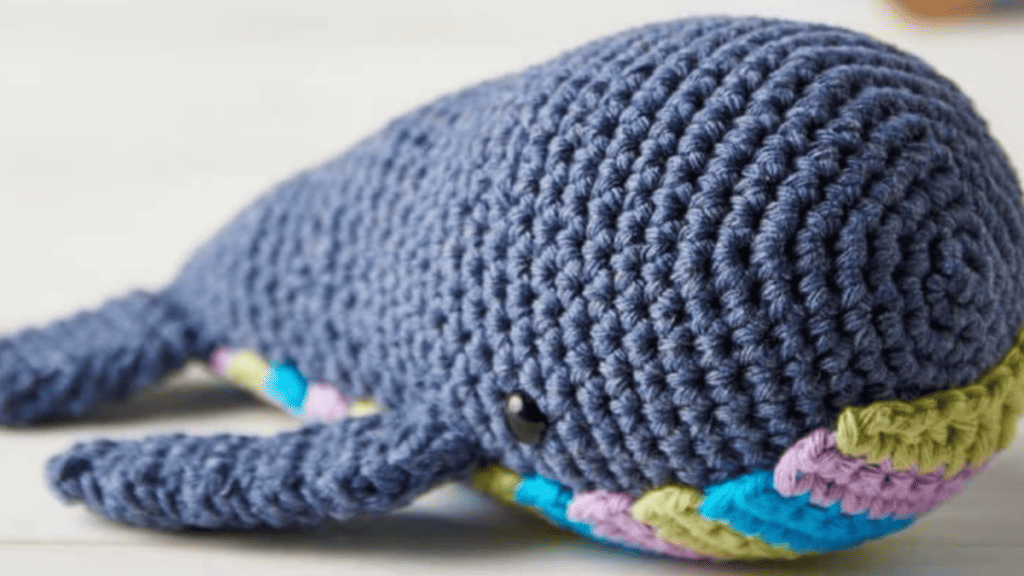
The sc inc is versatile and can be used in a variety of projects. When you’re following a crochet pattern for an amigurumi piece, you’ll often create a unique shape by increasing in the magic ring or throughout the fabric.
Likewise, for garments or blankets, you may need to increase at the edges or evenly across a row to maintain a specific shape.
Common Terms and Symbols
When reading patterns, it’s crucial to know that the US terms and UK terms differ; a single crochet in US terms is a double crochet in the UK. The symbol for a single crochet increase (sc inc) usually consists of two angled lines or a ‘V’ shape.
Stitch Placement for Increasing
You can place increases at the beginning, middle, or end of the row. The first stitch of the increase goes into the same place as your first single crochet, while the additional stitch is worked into the same space. This expands your stitch count accordingly.
Maintaining Stitch Count
To maintain the number of stitches in a pattern, you’ll need to balance increases with decreases or plan the placement of your increases strategically. For instance, if you’re asked to increase in every third stitch, you will repeat the sequence of two single crochets in one stitch, then one single crochet in each of the next two stitches.
Creating Different Effects
Increases have different effects on your work. Using front loop or back loop only can add texture, whereas placing your increases can affect shape. The invisible single crochet increase is great for amigurumi, as it minimizes gaps.
On the other hand, traditional increases can create taller stitches or a ruffled edge, depending on where and how you execute them.
Managing Crochet Increases in Complex Patterns
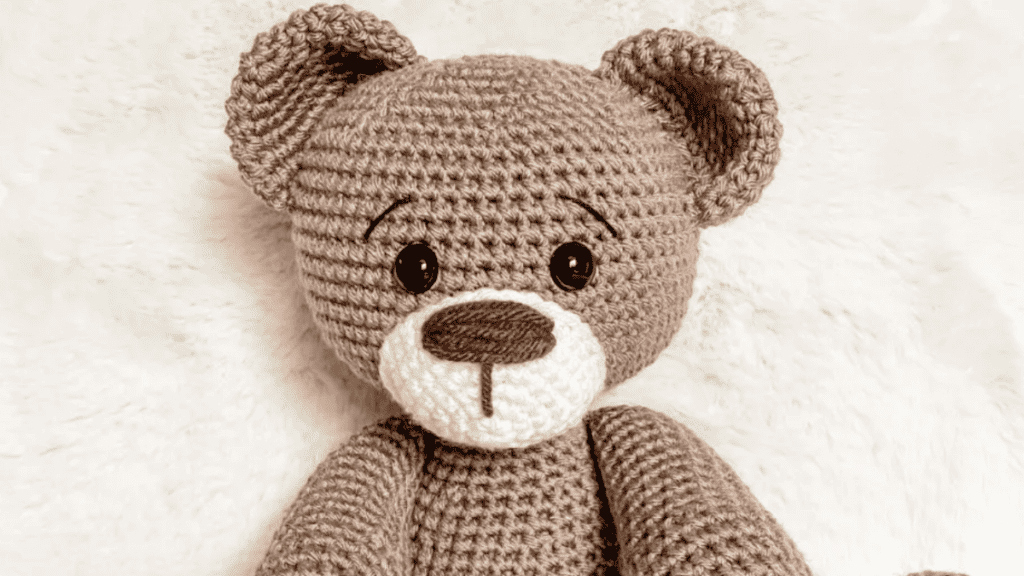
When you’re working with intricate designs, managing your increases is crucial. For example, a regular single crochet increase is pretty straightforward: you just work two single crochets into the same stitch.
But, when creating different shapes or working on an amigurumi project, planning the next place of increase is key to avoid unwanted bulging or shaping. Use stitch markers to mark your increases and maintain the pattern’s integrity. This helps prevent creating a small gap or adding extra stitches accidentally.
- Double Crochet Increase: Similar to a single crochet increase, work two double crochets in the same stitch.
- Crochet Decrease: This is essential to counterbalance your increases and is achieved by combining two stitches into one.
- Turning Chain: Remember that the turning chain can sometimes count as a stitch, which affects where your next increase should be.
Troubleshooting Common Issues
Even the best crocheters run into issues sometimes. If you’re finding that your increases create a small gap, try using a smaller hook for the increase stitch or give the yarn a gentle tug to tighten.
If you have extra single crochet stitches, count your stitches regularly to find where the mistake might have crept in. Always keep your stitch marker handy to mark the beginning or end of a round, which is particularly useful in amigurumi.
- Stitch Count Chart: Keep a chart or a notebook handy to tally your stitches in each round or row, which is indispensable for complex patterns.
- Turning Chain Slip-ups: If you accidentally count the turning chain as a stitch, you’ll end up with an increase; be vigilant about your pattern’s requirements.
Crochet Patterns
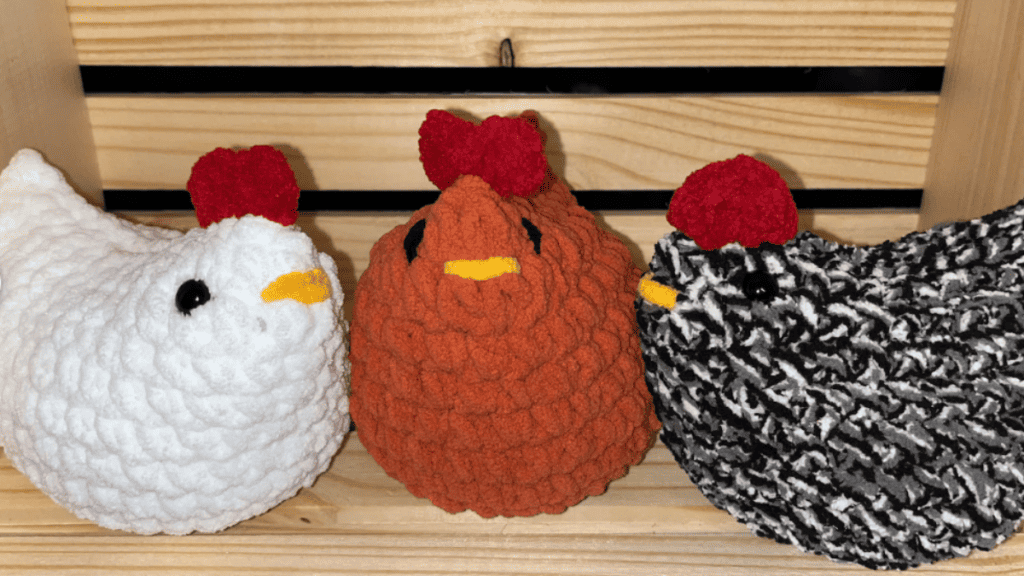
Crochet Cactus
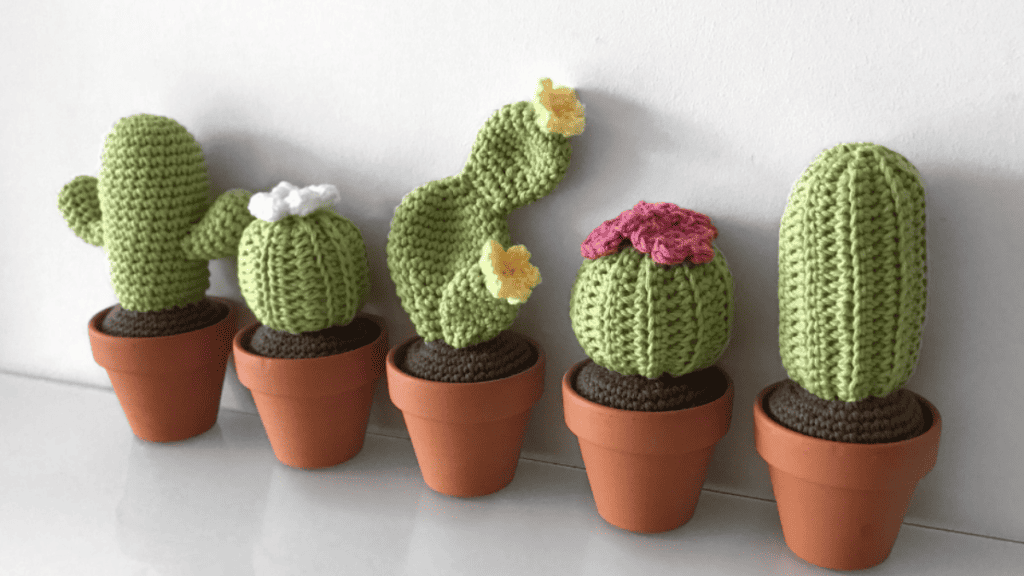
Download patterns: Crochet Cactus
We love these crochet cactus patterns.
Crochet Bookmark Patterns
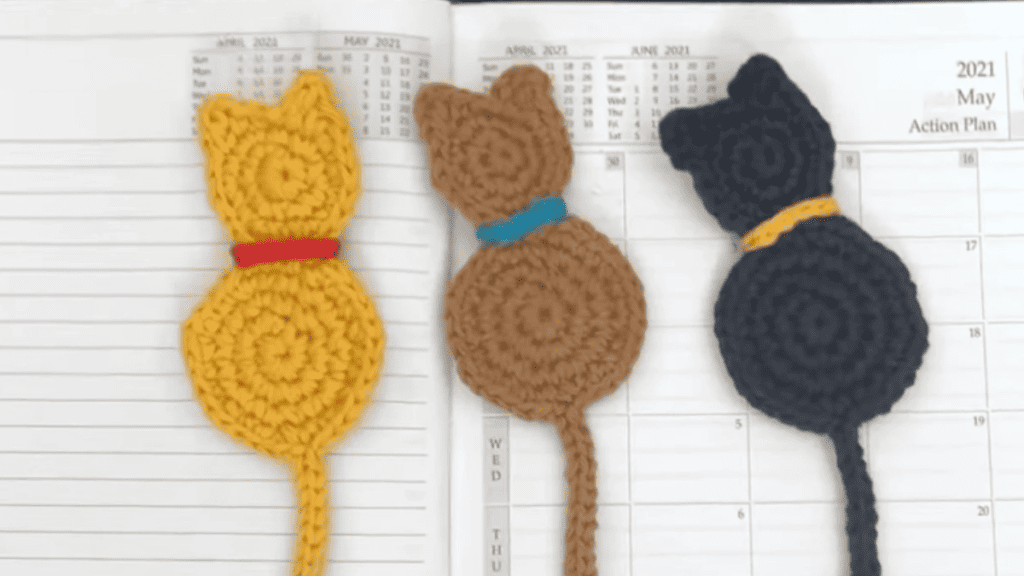
Download Patterns: Crochet Bookmark Patterns
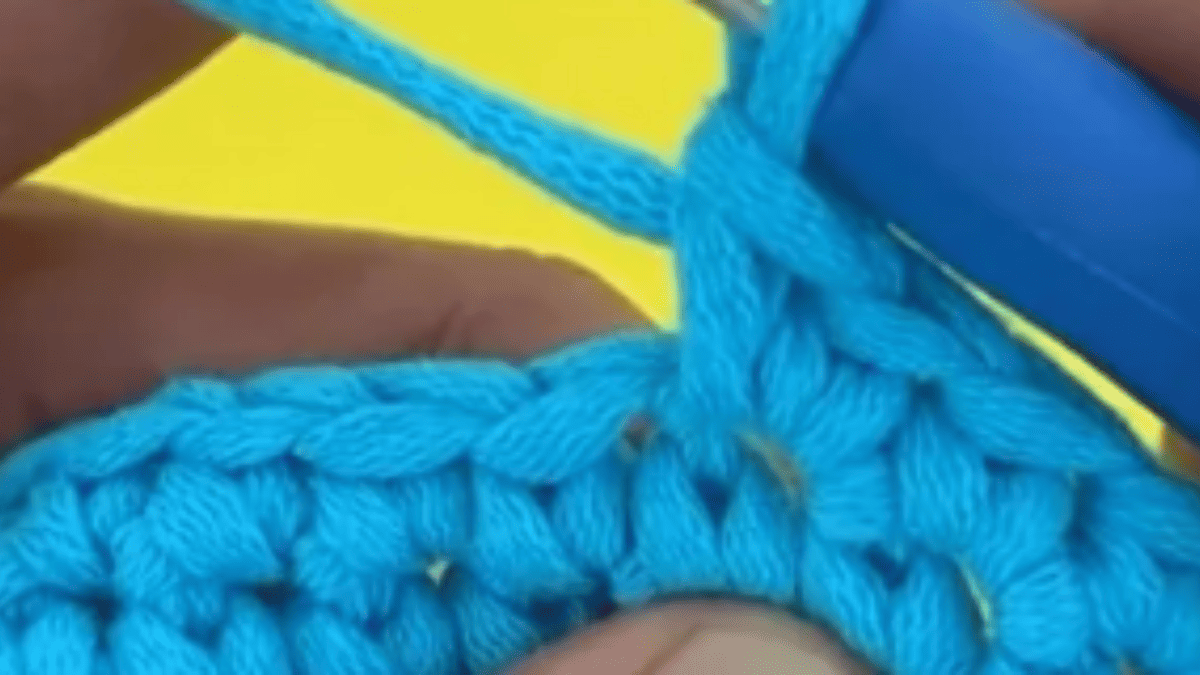
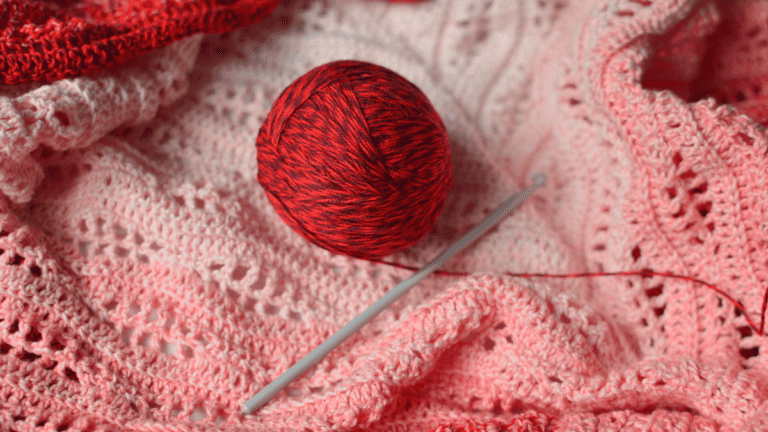


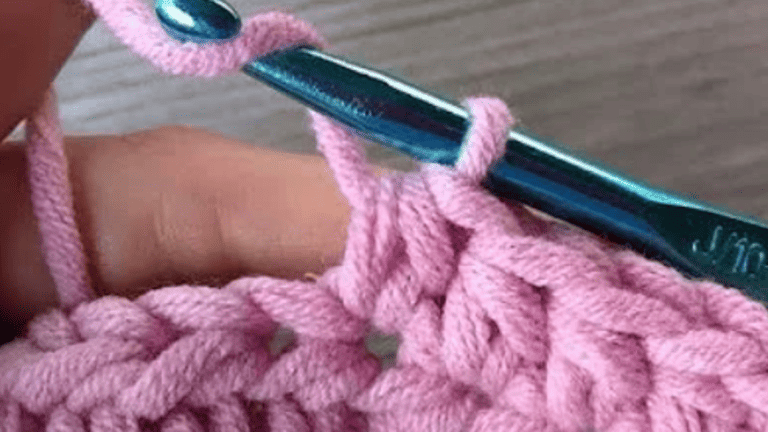
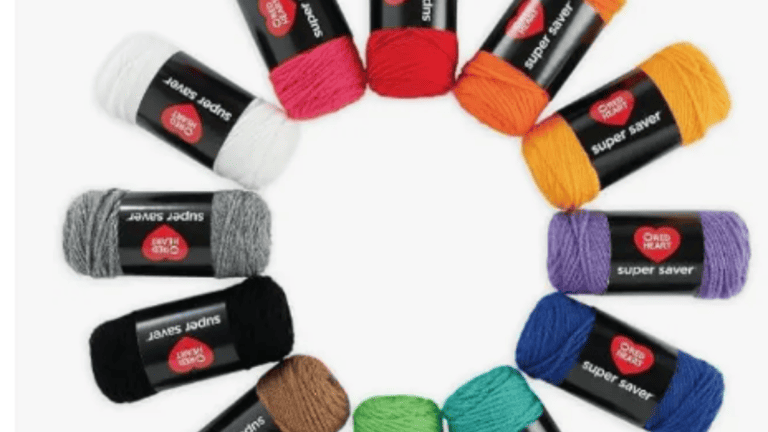
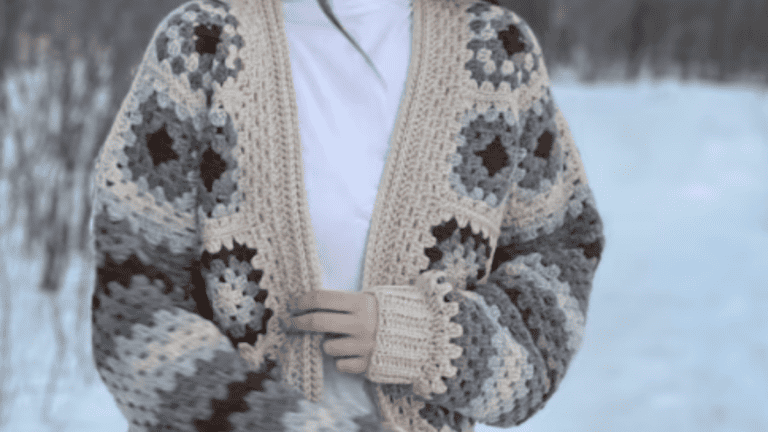
2 Comments